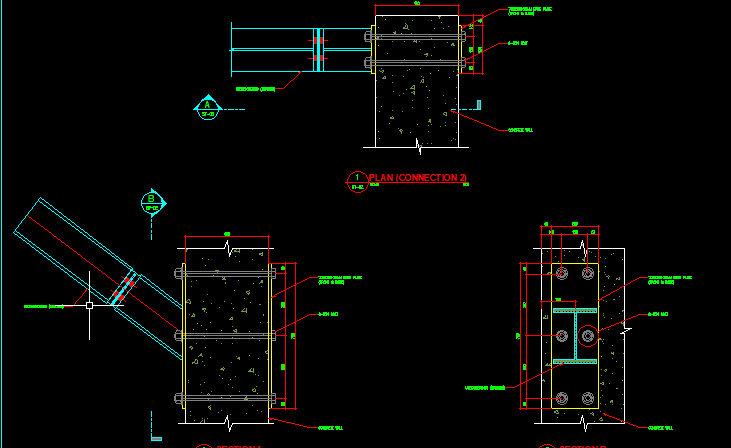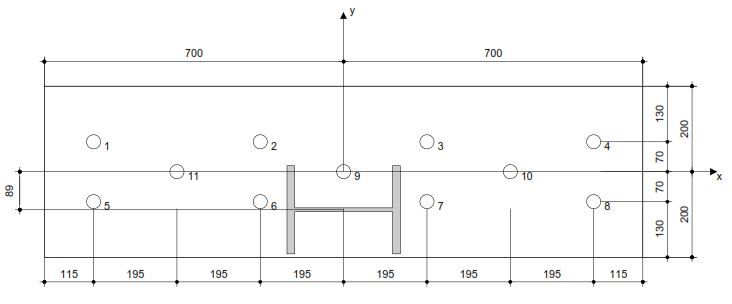In this kind of connection where the bolt goes trough the wall and bolted at the other side of the wall.Should I only check concrete edge failure and ignore the pry out failure.because when i try to model it to hilti. it is failing in pry out categor. Thank you in advance



